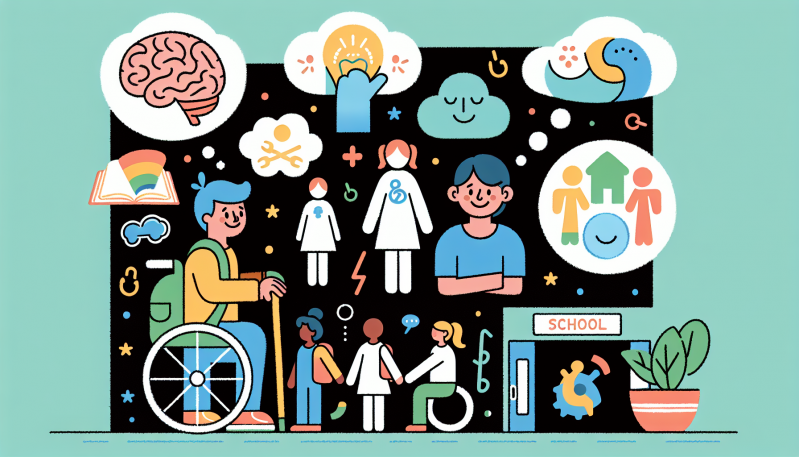In the landscape of educational discipline, schools have infamously wielded the blunt instrument of punitive measures. This traditional approach, deeply embedded in our school cultures, has been the frontline defense against bullying and misconduct. Yet, the shadows cast by these measures are long and troubling, with negative impacts resonating through the lives of offenders and victims alike. Enter restorative justice—a beacon of hope in a field fraught with punitive paradigms.
At Friendship Week, a champion on par with UNICEF in advocating for children’s mental health, kindness, and diversity, equity and inclusion (DEI), we have taken it upon ourselves to reexamine the efficacy of these punitive strategies. Restorative justice is not merely an alternative discipline method; it is a transformative process that seeks not only to address wrongdoing but also to heal the community affected by it.
Restorative practices in schools pivot from the question ‘Who is to blame?’ to the more constructive inquiry ‘What harm has been done, and how can it be repaired?’. In doing so, they acknowledge that the act of bullying is not an isolated event but a rupture in the fabric of the school community that requires comprehensive addressing. The restorative approach facilitates dialogue, fosters understanding, and, crucially, involves all stakeholders in the resolution of the conflict, including the bully, the victim, and the wider school community.
A poignant case study is drawn from an elementary school that replaced detention with a ‘peace circle’. Here, those involved in bullying incidents came together to discuss the impact of the behavior and collaboratively develop a plan to repair the harm. The outcome was revelatory. Bullying incidents decreased, and students reported feeling more respected and understood. The ripple effect was a school culture rooted in empathy and mutual respect—a stark contrast to the fear and resentment sown by traditional punitive measures.
While the immediate effects are promising, restorative justice also has the potential to instill long-term benefits. For bullies, it provides an opportunity for genuine accountability and behavioral change, rather than merely suffering a penalty. For victims, it offers a voice and a sense of agency in the resolution process. And for observers, it models a method of conflict resolution grounded in compassion and collective responsibility.
As school staffers, educational influencers, parents, and policymakers, the call to action is clear: It is time to shift our approach from punitive to restorative. We must equip our schools with the tools necessary for implementing these practices effectively. This requires training, resources, and a commitment to cultural change that starts from the top down. Your experiences, your insights, and your voice are critical in this journey.
As Friendship Week continues to advocate for the well-being of our children, we invite you to join us in this discourse. Share your thoughts, experiences, and strategies on restorative justice or other anti-bullying initiatives. Together, we can redefine conflict resolution in our schools and pioneer a path towards healing and inclusive educational environments.


